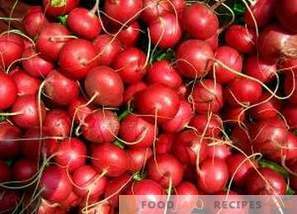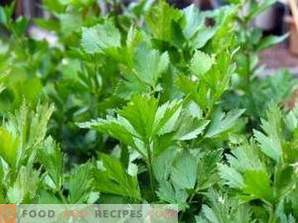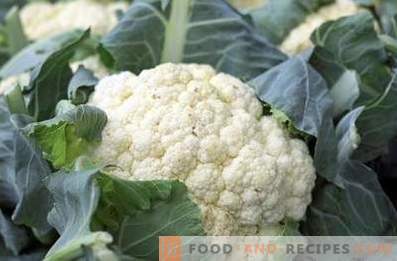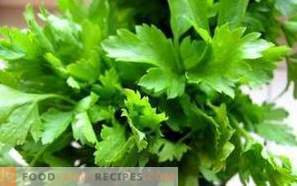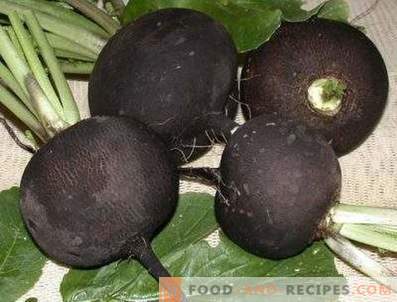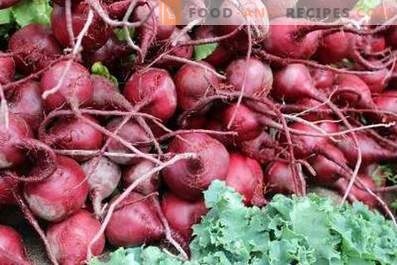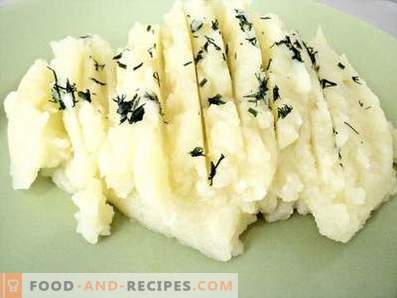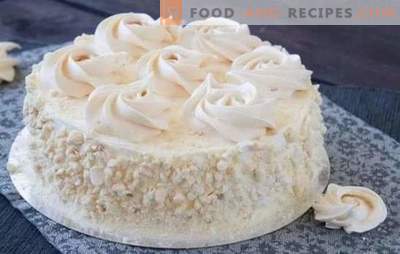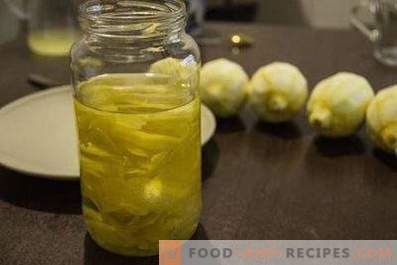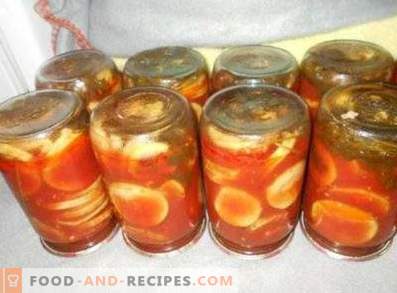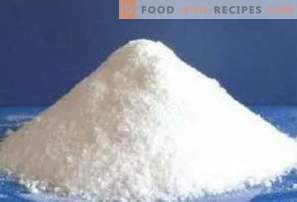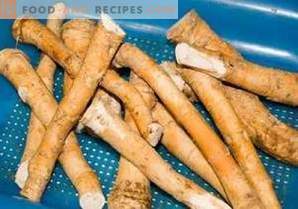
They knew about the beneficial properties of horseradish for a long time. Then people, of course, did not understand what caused the help of horseradish with rheumatism or cold, but successfully treated these and other diseases by eating and using outwardly horseradish root. Already later decided on its useful properties.
Useful properties of horseradish
- In the roots of horseradish there is a sufficient amount of the mineral salts of sodium, iron, potassium, magnesium, calcium, phosphorus, chlorine, sulfur ...
- There are vitamins A, B1, B2, PP, as well as a very large amount of vitamin C.
- As part of horseradish, there is a glycoside, sinigrin, which when decomposed turns into ethereal mustard oil.
- The lysozyme enzyme has an antimicrobial effect.
- Horseradish produces a large amount of phytoncides, therefore the berries, cheese, eggs and even meat laid next to it remain fresh for a very long time.
- Young leaves of horseradish are added to salads, soups, and also used in canning cucumbers, tomatoes and other vegetables.
- Horseradish roots are used to make seasonings that improve appetite and are a preventive measure against many diseases, such as the common cold, gout, rheumatism, angina, upper respiratory tract diseases, kidney stones, hypertension.
But there are contraindications. This is chronic gastritis and pyelonephritis.
How and when horseradish is harvested
Horseradish is a perennial culture, but biennial roots have the best taste. Horseradish cleaning is carried out in October - early November. Later, the roots are preferably not harvested, as they become brittle.
Before digging the roots need to mow the leaves. Then the roots are dug and sorted. Annual roots are set aside for planting material, as horseradish multiplies exclusively by cuttings, and the remaining roots are sent for processing and storage.
Part of the roots can be left right in the ground. They are well wrapped from frost, for example, covered with a layer of straw. In such a kind of repository horseradish roots perfectly tolerate wintering.
How to store horseradish roots in the basement or cellar
For long storage, only whole roots are suitable - without rot, dents and cracks. They are carefully cleaned from clods of earth, removed tops and dipped in the cellar. They keep the roots in the sand, as they quickly lose moisture and wither in the air. Therefore, a layer of sand is poured into the boxes or simply on the floor, the roots are laid on it so that they do not touch each other, and are again covered with sand. This way you can make several layers. As the sand dries, it should be slightly moistened so that the roots of horseradish are not dry.
Horseradish in such conditions - at a temperature of about 0 °, in a clean, ventilated room - remains fresh to the new harvest.
You can also keep the roots of horseradish in buckets with the ground. To do this, in a slightly damp ground stick roots at a distance from each other and in this position stored until the next harvest.
How to dry the roots of horseradish
Roots, rejected for long storage in the basement, can be dried. To do this, the roots are cleaned from the ground, tops, cut off small roots.
Then the roots are quickly washed in cold water and scrape off the upper skin. It is impossible to soak the roots for drying, as they are quickly absorbed by moisture.
The roots are wiped with paper towels and dried in air. In the sun, horseradish roots can never be dried, because phytoncides will evaporate, glycosides will collapse, and the roots will lose most of the nutrients.
After that, the roots are ready for drying. They are dried in several ways:
- Clean horseradish roots are cut in half lengthwise and laid out in a single layer on the trays. The trays are placed in an oven heated to 50-60 ° and dried with the door open for 40-90 minutes. Dried roots are stored in glass jars. As needed, such roots are sufficiently soaked in warm water, and they will become ready for further use.
- Clean roots are cut into thin plates and do the same as in the first case. Such dried cuts can be crushed in a blender and the resulting powder stored in glass jars.
- Clean the roots rubbed on a medium grater, lay out a thin layer on a baking sheet and dried in the oven or in the oven with the door ajar. Then dried raw material is put in glass jars and stored in a dry, cool, dark place.
- With proper storage, dry horseradish does not lose its beneficial properties for two years.
How to keep horseradish roots in the refrigerator
In the refrigerator you can store horseradish no more than three or four weeks. To do this, the roots need to be cleaned from the ground. Then pack them in food film, making several holes for air circulation, and in this form store in the refrigerator in the vegetable compartment.
How to store horseradish roots in the freezer
- Horseradish roots are skin-cleaned, washed in cold water and dried with paper towels.
- Then the roots are twisted in a meat grinder.
- Crushed raw materials are laid out in portioned sachets and quickly frozen.
In the same way it is possible to freeze and just cut the root into pieces.
Frozen horseradish roots can be stored in the freezer for up to a year, without losing their beneficial and taste qualities.
If a deliberate approach not only to the cultivation of horseradish, but also its further storage, then you can have a supply of this useful vegetable during the year.

